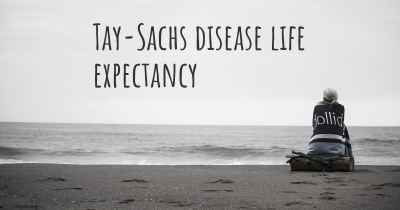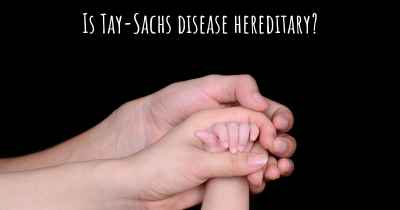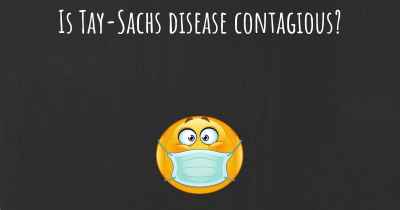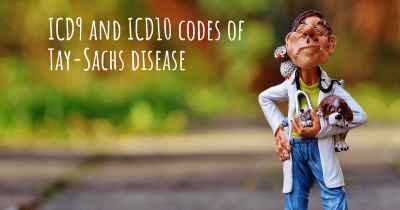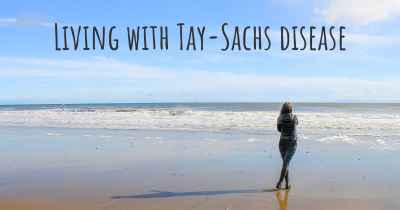Is it advisable to do exercise when affected by Tay-Sachs disease? Which activities would you suggest and how intense should they be?
See if it is advisable for people with Tay-Sachs disease to practice sports and which ones are the most recommended if you have Tay-Sachs disease
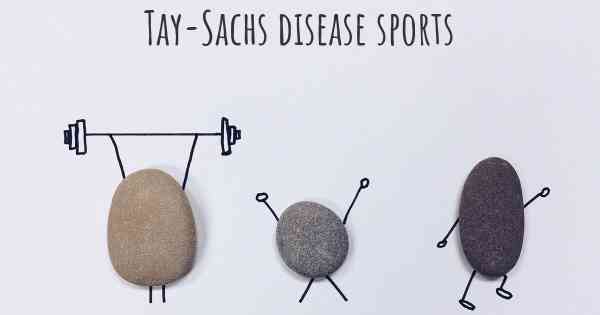
Tay-Sachs disease is a rare genetic disorder that affects the central nervous system. It is caused by a deficiency of an enzyme called hexosaminidase A, which leads to the accumulation of harmful substances in the brain and spinal cord. This progressive disease primarily affects infants and young children, leading to severe neurological problems and a shortened lifespan.
Given the nature of Tay-Sachs disease and its impact on the nervous system, it is generally not advisable to engage in intense physical exercise if you are affected by this condition. The disease causes a gradual loss of motor skills, muscle weakness, and coordination difficulties, making it challenging to perform strenuous activities.
However, gentle exercises and physical therapy can be beneficial for individuals with Tay-Sachs disease. These activities can help maintain muscle strength, flexibility, and overall well-being. It is important to consult with a healthcare professional or a physical therapist who specializes in working with individuals with neurological conditions to develop a personalized exercise plan.
Here are some suggested activities for individuals with Tay-Sachs disease:
- Range of motion exercises: These exercises focus on maintaining joint flexibility and preventing stiffness. They involve gentle movements of the limbs and joints, such as stretching and bending. Range of motion exercises can be performed while sitting, lying down, or with the assistance of a caregiver.
- Low-impact aerobic exercises: Light aerobic activities, such as walking, swimming, or stationary cycling, can help improve cardiovascular health and overall endurance. These exercises should be performed at a comfortable pace and intensity, without causing excessive fatigue or breathlessness.
- Balance and coordination exercises: As Tay-Sachs disease affects motor skills and coordination, exercises that target balance and coordination can be beneficial. These may include simple activities like standing on one leg, walking in a straight line, or using balance boards or stability balls under the guidance of a therapist.
- Stretching exercises: Stretching helps maintain muscle flexibility and prevent contractures. Gentle stretching exercises for major muscle groups, such as the arms, legs, and back, can be performed regularly. It is important to avoid overstretching or forcing movements that cause discomfort.
- Assisted exercises: Depending on the severity of the disease, individuals with Tay-Sachs may require assistance from a caregiver or therapist to perform certain exercises. This can include passive range of motion exercises, where the caregiver moves the limbs through a full range of motion, or assisted exercises using resistance bands or weights.
It is crucial to emphasize that the exercise program should be tailored to the individual's abilities and limitations. The intensity and duration of exercises should be determined in collaboration with a healthcare professional or therapist who can assess the specific needs and capabilities of the person with Tay-Sachs disease.
In addition to physical exercise, other forms of therapy may also be beneficial for individuals with Tay-Sachs disease. Occupational therapy can help improve daily living skills and maintain independence, while speech therapy can assist with communication difficulties that may arise as the disease progresses.
Overall, a carefully designed exercise program that focuses on gentle movements, flexibility, and maintaining muscle strength can be beneficial for individuals with Tay-Sachs disease. However, it is essential to consult with healthcare professionals who specialize in working with individuals with neurological conditions to ensure safety and effectiveness.
